Ask a Photographer, Part 3
Joshua Cripps
is a photographer, teacher, and writer living in the spectacular Eastern Sierra.
Got a question about photography, adventure, travel, or anything else? Put it in the comments and I’ll prattle on and pretend to know what I’m talking about.
Please read Part 1 and Part 2 first to see if your question has already been asked.
UPDATE:
Woof! I think I’m all typed out so I’m going to close the forum for now. If you didn’t have a chance to ask your question, look for Part 4 in about a month. Thanks so much for all the great questions this time around!
share this article:
Facebook
Twitter
Pinterest
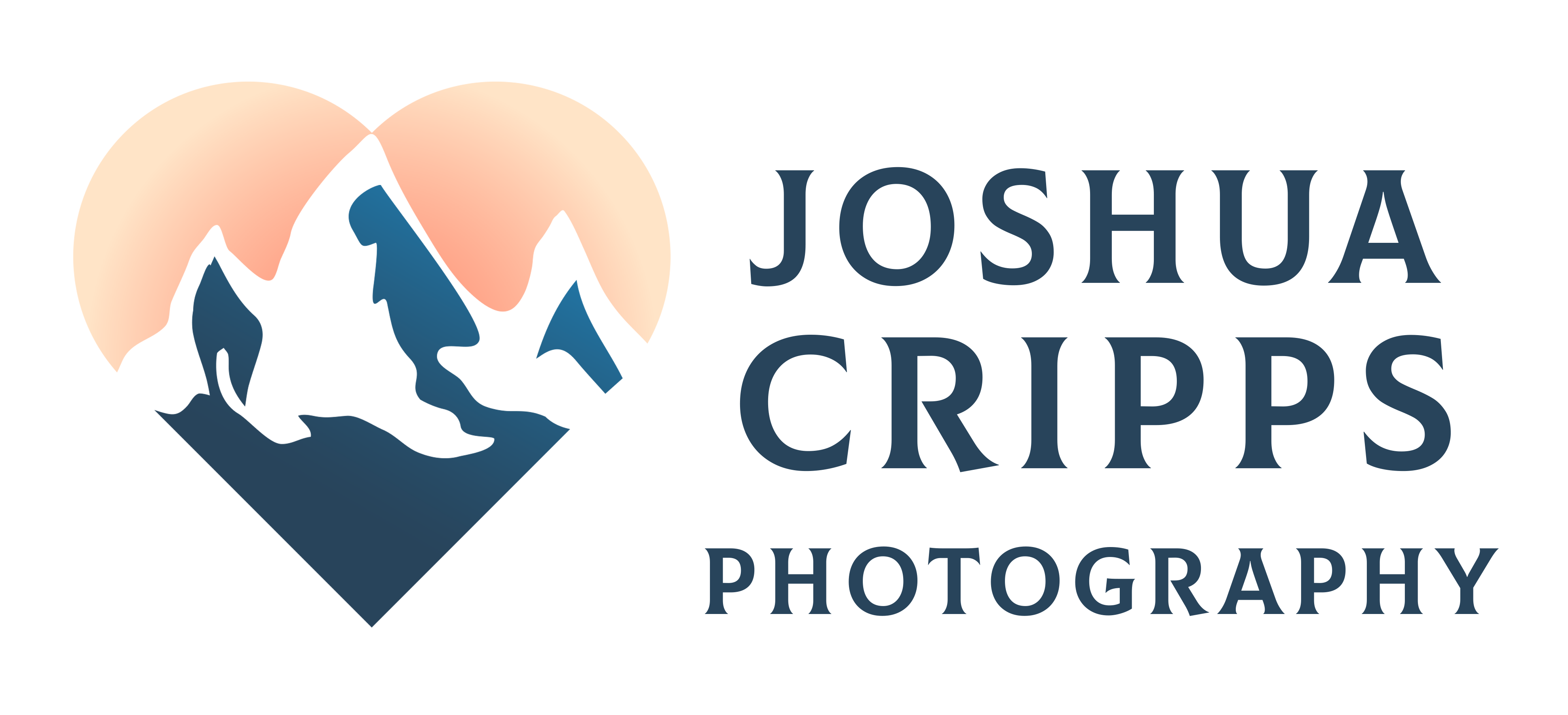
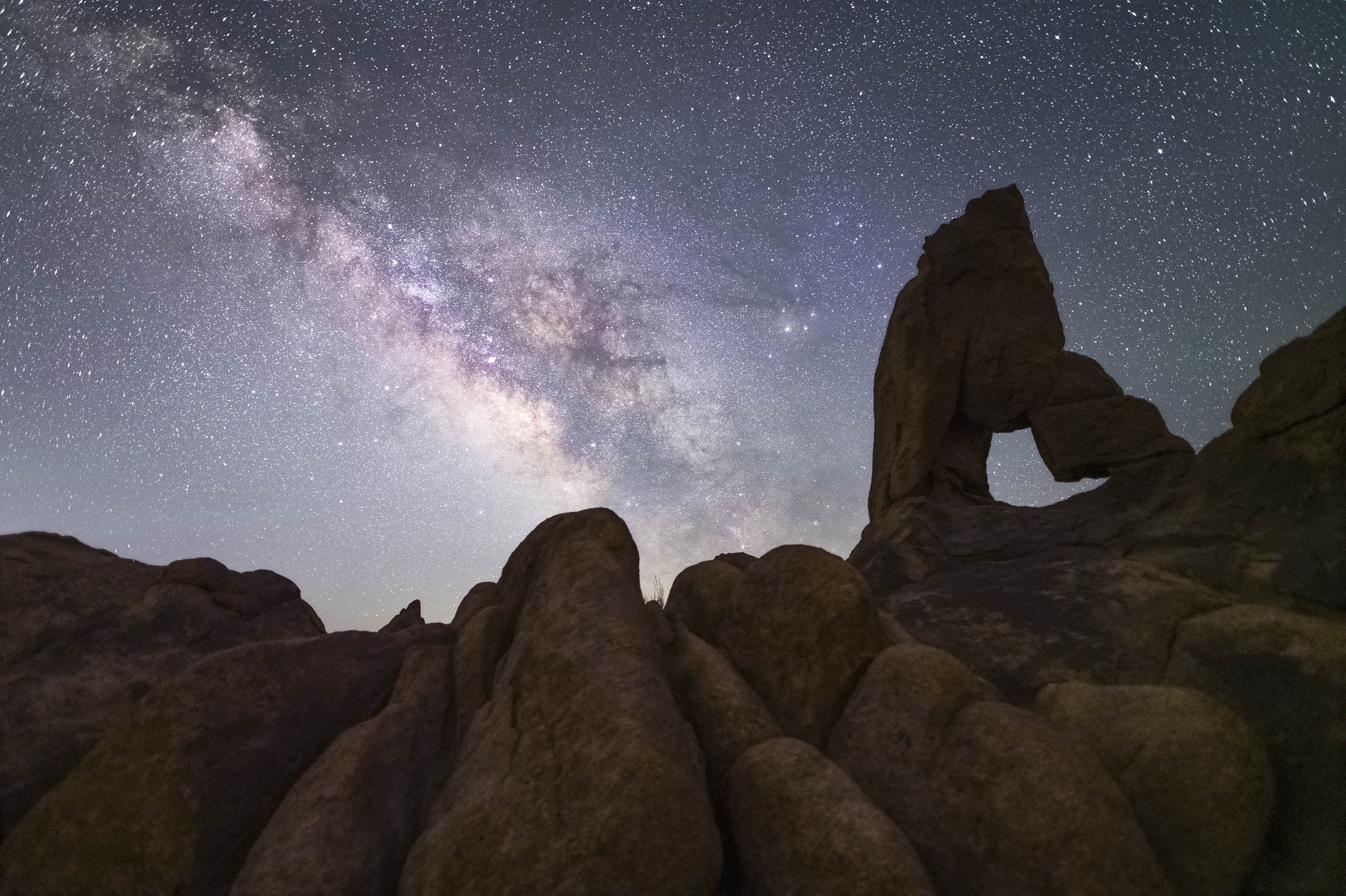
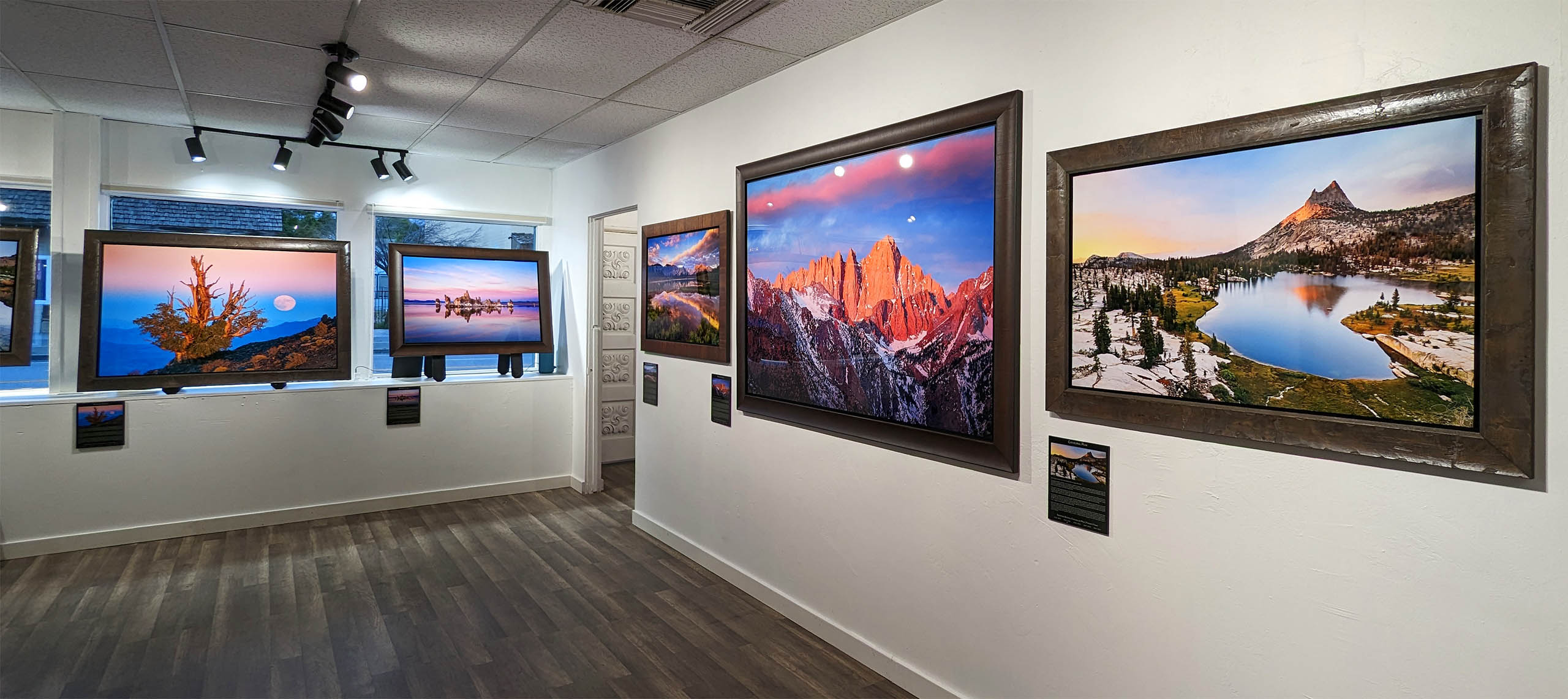
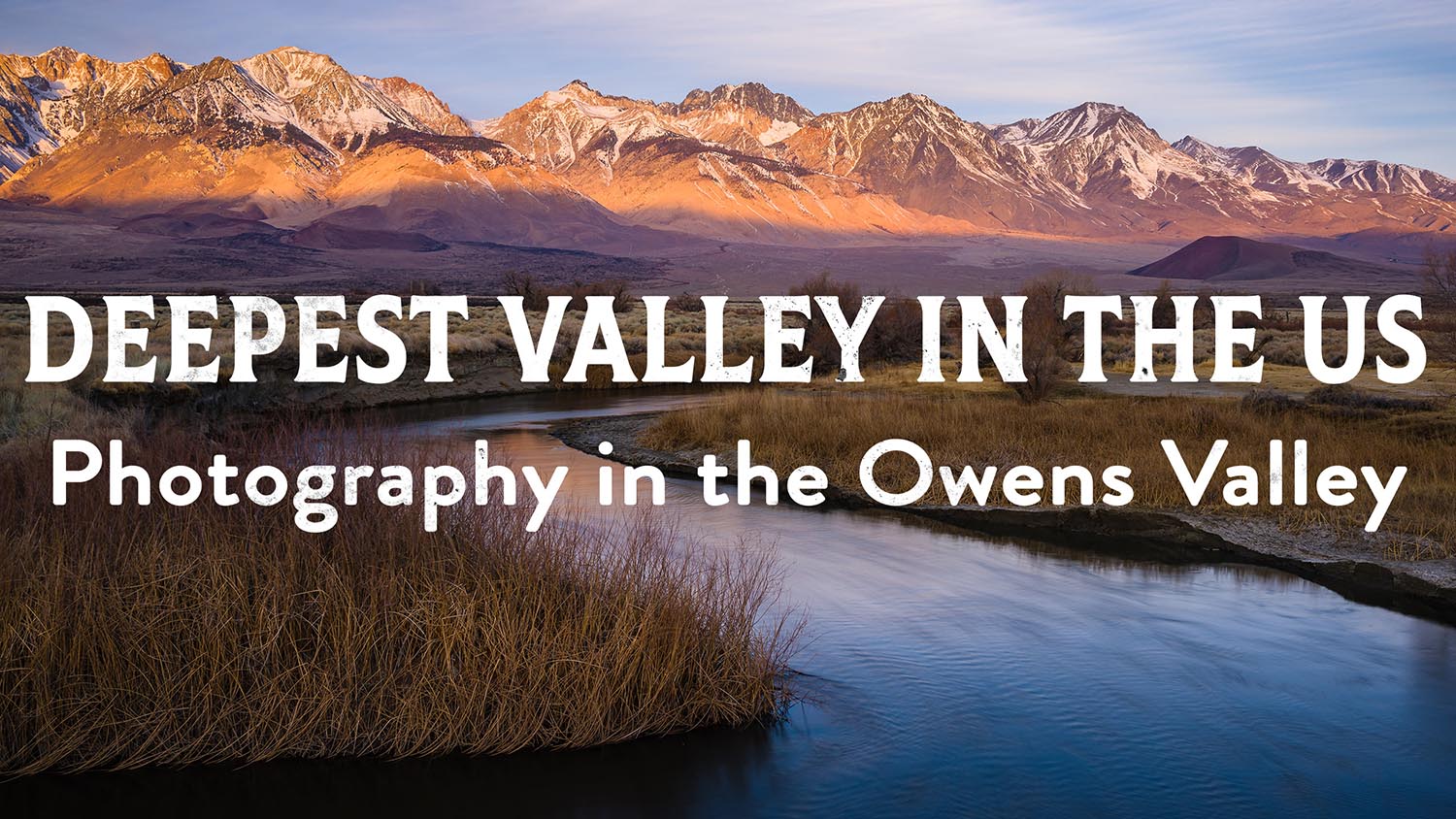
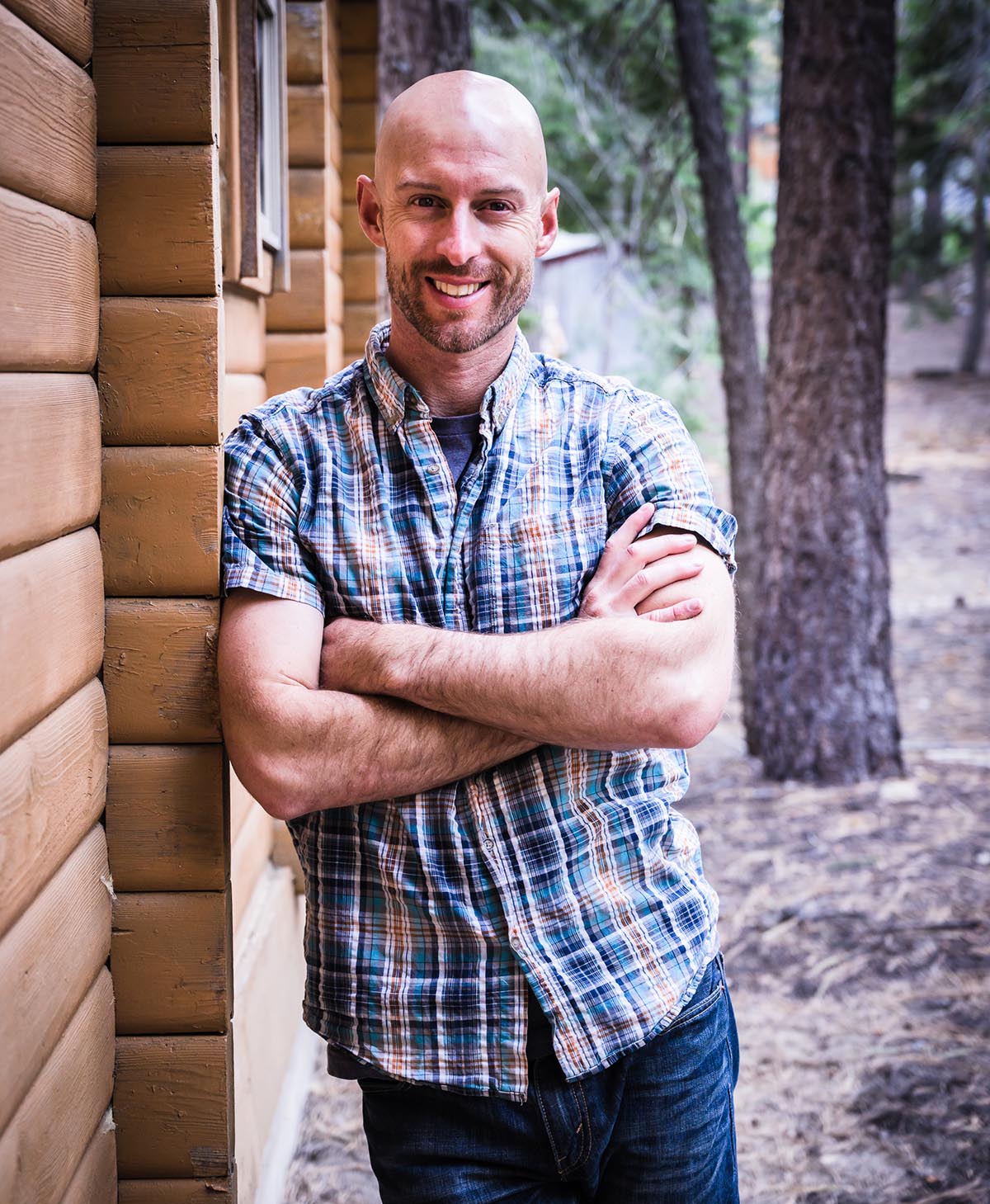

27 Responses
Hey Josh,
Just a casual photographer but long time backpacker and fellow VBaller!
I really like the sincere honesty of your response of Dec. 5. It reflects a generous spirit! I’ll look forward to seeing more of your work! It’s nice to be able to do something you love. I recall a Lionel Ritchie reply in an interview back in the day that he felt truly blessed to make a living out of what he loves to do and some folks think he’s not all that bad at… We should all be so lucky..and humble; or perhaps it’s a matter of how much we’re willing to sacrifice…Happy trails my friend and talk to you soon!
Regards, Tre
My Pleasure ! Learnt a lot from that interview.. hope it helps everyone on this blog.
Don’t know if you remember this Email Based interview I did with you. The info you gave here might help your followers ( like it did me) http://lightandnature.wordpress.com/2011/01/31/you-never-know-unless-you-go/
Nice, thanks for posting that, Karan! It was interesting to go back and read what I had to say two years ago. It still rings pretty well true, thank goodness!
Hi Josh,
Love your work and thank you for this forum to ask questions. If you are going for a hike in a super scenic place, and want to keep your pack as LIGHT as possible, what photography equipment would you bring?
Hi Laura,
Thanks! My advice in this kind of situation is: prioritize! Figure out what you’re really hoping to photograph there and bring only the minimum gear needed to get that job done.
For example, if you’re hiking somewhere scenic you’re probably thinking landscapes, so leave the huge telephoto lenses at home. Likewise, if you only want to take some portraits out in the woods, a body and a 50mm make a pretty light, pretty awesome combo.
For me personally, I know that I am a landscape guy so I bring my absolute minimum landscape kit, which is composed of my Nikon D7000, a Tokina ultra-wide lens, my carbon fiber tripod, some Lee grad filters, a remote shutter release, and a few lens cloths. Altogether it probably weighs about seven pounds. Pretty light for a kit that lets me do serious landscape work!
So I’m approaching that time of life when it’s time to put everything I love aside in exchange for dirty diapers and bad attitudes. I’m guessing we’ll start trying to have a baby within a year which gives me time for one more photo trip. Tons of stuff on the list to see, but what is best seen w/o a kid in tow? The reason I decided to go to Patagonia over another location was due to all the hiking and bad weather involved. Hauling camera gear is bad enough, but I’m not sure how pleasant it’d be w/ the additional weight and needs of a child. So my question to you…is New Zealand that place?
Lukas,
Firstly, when are we going to start seeing the Patagonia goods???
Secondly, New Zealand is definitely that place. At least for me it is. I could shoot there for a month every year and die happy. But if you’re looking for a place that you can get a bit rough and tumble without worrying about the chitlins, what about somewhere like the Andes (currently high on my photo radar), or something in Africa?
Interestingly, I’d say NZ might even be a good place to shoot even with kids in tow. Much of the scenery is very accessible. I think the farthest I hiked on my trip in April was 3-4 miles to get to any particular location, and most of the time it was probably a mile or less. For example, here is the view from the main hotel in Mt. Cook National Park:
http://roomswithgreatviews.com/wp-content/uploads/2010/02/The-Hermitage-Hotel.jpg
Or perhaps as an even better example, here’s the view from the car park at Milford Sound. From the car park.
http://www.i-needtoknow.com/milford/images/milford_source_unknown.jpg
Plus it’s an extraordinarily tourist-friendly country so I’m sure you could find appropriate lodging, even in remote places.
You should get in touch with Dylan Toh (Everlook Photography if you’re not familiar) as he just shot New Zealand to death with a baby strapped to his back the whole time. I bet he’d have some great insights for you.
Cheers!
Thanks man! Hopefully I’ll start posting some goodies before the end of the week
Sweet!
Am inspired by your photography. How much photoshopping do you do on your pictures? Thanks for this forum.
Hi Sandra,
Thanks! That’s a great question. And you know what’s funny? I’ve found that as I’ve improved more and more as a photographer I actually use Photoshop more and more as well. When I first started out shooting most of my photos only took 5 minutes to process: a little sharpening, a little contrast, and voila!
But now that I have refined my vision and I know exactly what I want from my photos I tend to be a little more subtle in my editing. Which sometimes can mean dozens of layers and multiple hours spent in Photoshop as I selectively sharpen one area, dodge one tiny area, burn other spots, selectively apply contrast, selective color balance, global and local tonal changes, and so on.
But on average I probably spend 30-60 minutes post processing most shots, with the basic edits being color correction, local and global contrast adjustments, selective sharpening, and local dodging and burning.
Hey Josh,
Do you find yourself hand holding your filters more often or do you use a filter holder the majority of the time? And what filter would you say is the one(s) you utilize the most? Really dig your work, pretty stellar.
Hey Scott,
Thanks a bunch! To answer your first question, I started off hand-holding but I have become a convert to the filter holder and now use it 100% of the time. Hand-holding lets you do some cool stuff like rotate your filter during the exposure, or jiggle it up and down to soften the transition or smooth out scratches, but there are two major downsides to hand-holding:
1) You tend to scratch the bejeezus out of your filters
2) Hand-holding is inconsistent. I’ve had shoots where I accidentally ruined the best shot of the night by unknowingly moving my filter in between exposures (while hand-holding) and the blowing out part of the image.
So that’s why I like the filter holder: keeps my filters scratch-free longer, and let’s me be super consistent with my shooting, which is really important when you’re dialing in every aspect of a killer shot.
Now for your other question, if I was stranded on a deserted island and could only take one filter with me it’d be my Lee 3-stop soft grad. That thing is the backbone of my filter kit. Though it’s almost always paired with my 2-stop soft grad. I find the combination of the two to be a dynamic and flexible combo perfect for most situations.
Thanks for the reply man. Do you own/use a reverse GND filter very often? I purchased a Lee 3-stop soft grad about 6 months ago and actually just used it for the first time tonight. I have been blending exposures for the most part but really want to use filters to take care of a lot of that.
I used to own a 4-stop reverse but the color cast was so garish that I sold it. My friend, Jim Patterson, has a 3-stop reverse that he uses about as frequently as I use my 3-stop soft. There are lots of situations where a reverse would come in handy, but I’ve come to rely on my soft filters. If money were no object I’d definitely pick one up, but these day when I get an extra $200 I tend to think “road trip!” rather than “gear!”
Glad you’re heading down the filter road. More and more photogs are going the blending route but I think it’s much better to capture everything in one shot, especially if you’re shooting a scene with any motion in it.
Agreed. It’s funny how my progression has changed over the years. I initially started blending with HDR software but looking back at those shots, whew…. It’s funny how you’re opinion can change so drastically as you’re photography experience grows. Recently I’ve been doing more luminosity mask adjustments and I really think adding filters will help make blending exposures easier since the dynamic range is decreased by the filters. Sure appreciate the insight man and looking forward to seeing more of your work.
Hi Josh! Just wanted to drop you a note and say I LOVE New Zealand. I’m having a great time, taking a ton of photos & have really enjoyed using the lens you recommended (I rented the Tokina 11-16 f2.8) in the 1st installment of this series.
My question is – do you think you’ll ever do a workshop in New Zealand? Or somewhere else outside of the US? Has that ever been a consideration?
Hi Angela!
That’s great! I’m so glad you’re enjoying the Tokina lens, and I am super jealous that you’re in New Zealand. That place is never far from my thoughts.
To answer your question, holy smokes, yes! You have no idea how much I would love to do a photography workshop in New Zealand. That’s the one place outside the US where I have some expertise. It’s a slightly daunting task to begin to organize something like that though, because I’m not sure of all the international issues when it comes to insurance, taxes, permits, and so on. However, that is most assuredly on the radar.
And as Sea to Summit continues to expand our goal is offer more and more workshops in exotic places, but first we need to get the expertise in those locations, which means lots of shooting and scouting on our part first. Because I’ve been to NZ a number of times that is the most likely place we’ll start.
Not sure how much longer you’ll be over there, but if you’re looking for a workshop, I’d highly recommend checking out Todd and Sarah Sisson (www.sisson.co.nz). They’re South Island photographers who have recently begun offering workshops. They know that country like the backs of their hands; not to mention they are hilarious, awesome, and nice folks too. Can’t recommend them highly enough.
All the best,
Yeah, I’m currently kicking myself for not doing the Lupine Workshop this past weekend… Too much stuff to do, too little time! When I come back next year (and I will!!) I plan to spend more time on the South Island and have already put a workshop with them on the list of must-do.
I’ll keep an eye on your workshops and see when I can get one in & hopefully in the next few years you’ll have international options available as well…
And thanks for doing these sessions – I learn more from questions others ask!
Sounds wonderful, Angela! Enjoy the rest of your time in NZ.
Funny! I was just about to ask essentially the same question as Mike above. How did you make the leap from taking pictures to making a living as a professional photographer?
And by the way, Mike, I took a look at your site and the pictures up there look great! I would say you’ve certainly got the ability side of things down, and I imagine you just need to find a way to market yourself. Good luck!
Hi Kim,
See my reply to Mike. Thanks!
Josh
Hey Joshua,
Been following you for quite some time now, always love seeing your mug on my facebook feed holding up some brand new prints.
Right now, I’m feeling kind of stuck in my photography. I’ve been doing this for a long while now and I want to move on up in the world, but I can’t seem to do so.
My question for you is- When/where/how did you hit a turning point and knew you could do work professionally. Was there anything you changed that you can pinpoint? Your mindset, gear, etc? Also, I’m curious about how you gained your following. I’m struggling to find people who are interested in any of my work and it becomes pretty demotivating!
I could ask you a million questions about printing, business side, etc, but I’ll save them for another time. 🙂
Thanks again for all the inspirational work.
(here’s my 500px profile if you’re feeling more direct advice! http://www.500px.com/mikelesaski)
Hey Mike,
That is a doozy of a question. So much I could say about this, but the simple truth is that there was never some critical moment when all of a sudden I became a professional photographer. It has been a slow, grueling, and scary uphill battle ever since I had the notion that someone might like to buy a print of my photos. 🙂 And it’s been a very gradual process that’s taken most of 5 years to effect. I started off selling prints here and there at art festivals. That brought in a trickle of income. But I was still working a full-time job at the time. Then I started helping out at workshops once or twice a year through a company based in Yosemite. Another small trickle. Then I started doing more art shows; the trickle got bigger. More workshops; more trickle. Then I left my job and started yo-yo’ing. A few months of doing art shows and just barely scraping by, then a few months working an actual job to help me get through the lean times, then a few more months of scraping by at art shows, and so on. Over the past five years I done art shows, worked as a seabird researcher, gone back to engineering part time, done pictures of pets, and taken in more unemployment money than I like to admit. All just to make it through the day. And even now I have months where it’s questionable whether I’ll be able to afford rent.
One of the bad things about going pro is that the hustling never stops. You can never take a break because as soon as you do you start sliding back down that slope. For example, I’m spending my day tomorrow peddling my calendars to all the bookstores and gift shops in town, because the only way to get paid is to get out there and get paid. And the crazy thing is this: it has to be scary. It has to. Because if you’re not scared you won’t push yourself to make it work. As soon as you get comfortable and the pressure’s off, then you won’t be able to drive your photography, your marketing, or your hunger to the next level in order to get paid. So one thing I can recommend to you to take your photography up a step is to take away your safety net. If you no longer have a 9-5 to pay the bills, trust me, you’ll find photography clients somehow. 🙂 I’m lucky in that I don’t have a family or a house so I can afford to take risks. If I can’t pay rent, well, I guess I go live with my parents for awhile. Not the end of the world. I realize that other folks have a lot more to lose.
Even though it’s been a gradual process, that’s not to say I haven’t had epiphanies which have shaped the course of my photography. I’ll share a few of the most important ones with you. One, presentation is everything. If you want people to pay you for your skills, they have to see you as a professional. Which means getting a lot of ducks in a row. Things like business licenses, an awesome webpage, understanding contracts and sales, etc.. Show people that you’re serious and you’ll set yourself apart from all the “Uncle Jerrys with a camera” out there.
Second epiphany, which goes along with the first: When I first started out I would say/think things like: “When I’m a pro, then I’ll stand in the middle of that glacial lake to get that shot, or I’ll hire that helicopter for an aerial view, etc.” What I realized is that I had it backward. You don’t get to do that stuff because you’re a pro; you’re a pro because you do that stuff. So if you ever find yourself saying things like “this shot would be so awesome if…” get rid of those ifs. Follow your vision and do what it takes to get your shot. I’ll stop there before I start sounding like a motivational speaker.
As to how I gained my following, that’s another big topic, but I’ll try to be concise. It started on flickr when I started posting some decent seascape work back in 2009. There were two important lessons I learned there (which go for all social media I reckon): 1) Only post your absolute best work. Be brutal in your self-editing. By posting only your top-notch shots you’ll gain a reputation as an excellent shooter. If you post all your outtakes too then you’ll get a reputation as a mediocre shooter who occasionally gets a hit. Your 500px page shows some solid work with a few really nice shots. But if I can be totally candid what I see is inconsistency. Are you a portrait shooter? A landscape shooter? A macro shooter? How do you want to be known? Decide what kind of photographer you want to be and post only your most killer shots in that genre. I hate to say it but I think it’s almost impossible to build a reputation as a generalist. I experience that myself: if I ever post what I think is an awesome portrait it gets a fraction of the love as one of my landscape shots. Even though I love to shoot both landscape and portraits, it’s clear that my following considers me to be a landscape guy.
2) The other lesson to be learned from social media is that you have to be a good community member. I gained a lot of traction in flickr because I was active in the community, commented on people’s shots, met people in real life, organized groups and outings, and so on. But even with a lot of interaction it takes a loooong time and lots of effort to gain a good following.
3) Ok, a third lesson. Advertising works. 🙂 Try taking out a Facebook ad for a dollar a day and see if it helps you build followers. It certainly did for me.
In the end, don’t be discouraged. Building a following is tough work, especially as more and more photographers get online and are vying for attention. But trust me, if you are passionate about your photography and love your own images, then other people will love them as well.
Alright, I’ll quit there before I need to go into chapters. Hope that helps in some way. All the best,
Josh
Dude! I can’t even begin to thank you enough for this response. You’ve certainly made a new lifetime fan, at the very least. I guess that’s just even more for me to learn- focus on individual people and you’ll gain truly caring and interactive followers for a long time. It really only takes one positive interaction to get someone to support you forever.
This post is just filled with golden advice for me and everyone else out there. You’re great at articulating all of these thoughts and it’s really fun to read- you should write a book. Seriously. I know you aren’t at the TOP of the top ‘yet’, but you’re living the dream to a lot of others of us out there. You’re a great writer and it’s easy to take in all of your thoughts, whether in blog posts or facebook or comments or whatever.
I think I’m going to make myself a sort of cheatsheet filled with quotes/advice that people have given me in the past few weeks. I’ve gotten some amazing photography and life advice from amazing people. Print it, put it everywhere, and whenever I’m dazing into outer space give it a look over. Everything you said is really perfect and will probably fill half the paper.
“‘When I’m a pro, then I’ll stand in the middle of that glacial lake to get that shot, or I’ll hire that helicopter for an aerial view, etc.’ What I realized is that I had it backward. You don’t get to do that stuff because you’re a pro; you’re a pro because you do that stuff.”
Brilliant. Seriously, brilliant. It’s not like I’m suddenly going to be famous and have enough money to rent a helicopter or get permission to shoot from strange locations and angles- I have to just find ways to do it. Period. Then people will appreciate the effort I put into photos and everything will slowly grow. You’re absolutely spot on and I think a lot of people have this backwards in their minds. I’m not putting in the same level of effort as a professional, so why should I be treated like one?
“By posting only your top-notch shots you’ll gain a reputation as an excellent shooter. If you post all your outtakes too then you’ll get a reputation as a mediocre shooter who occasionally gets a hit.”
I agree with this and this is something I struggle with- I always am shooting maybe 300+ shots a day and I’m only searching for ONE shot out of them. That’s it. Some photographers are looking for 20%, 30%, 50% ‘usable’ rate but I’m looking for ‘the shot’. It makes me feel like I’m not very talented compared to others, but I saw a quote somewhere that made me reconsider that, on one of those dumb tumblr facebook quote images nonetheless.
“The reason we struggle with insecurity is because we compare our behind the scenes with everyone else’s highlight reel.” – Steve Furtick
This really stuck with me. I’m constantly looking at the best of the best that people have to offer. These 500px profiles are almost exclusively filled with the best work that each individual has to offer, and when I look at the ‘Popular’ front page… I’m quite literally looking at the highlight reel OF the highlight reels. How can I compare my shots with that?!
I understand what you’re saying about the inconsistency in my 500px profile. To be honest, I don’t know completely what I want to shoot. I love doing everything, but I know that it’s much easier to gain followers who are searching for artists who KNOW who they are, and have a set style and focus. I love shooting landscapes, but I’m also a realist who understands that it’s the least (easily) profitable type of photography to shoot. So I also include some portraits of random people in my life in hopes that I can learn and be able to shoot photos of people someday to help support myself. The random macro shots I should be posting to my personal facebook, or flickr, or somewhere else. I’m going to go through and clean up that profile today, take down some shots.
Again, I can’t even begin to thank you enough for this response. In the twitter/facebook/ADD era it seems impossible for anyone to have a real passionate thought out conversation. I know you took a lot of time and effort to write that out, and I really truly appreciate it.
Take care, keep being awesome.
Hey Mike,
My pleasure, my friend! Glad you got some useful advice from it. I really dig that quote by Steve Furtick. That is so spot on. Good stuff.
Another article my friend sent to me you may be interested in:
http://fstoppers.com/the-photographers-you-idolize-are-no-better-than-you
Take care, and all the best,
Josh